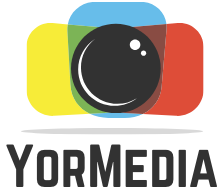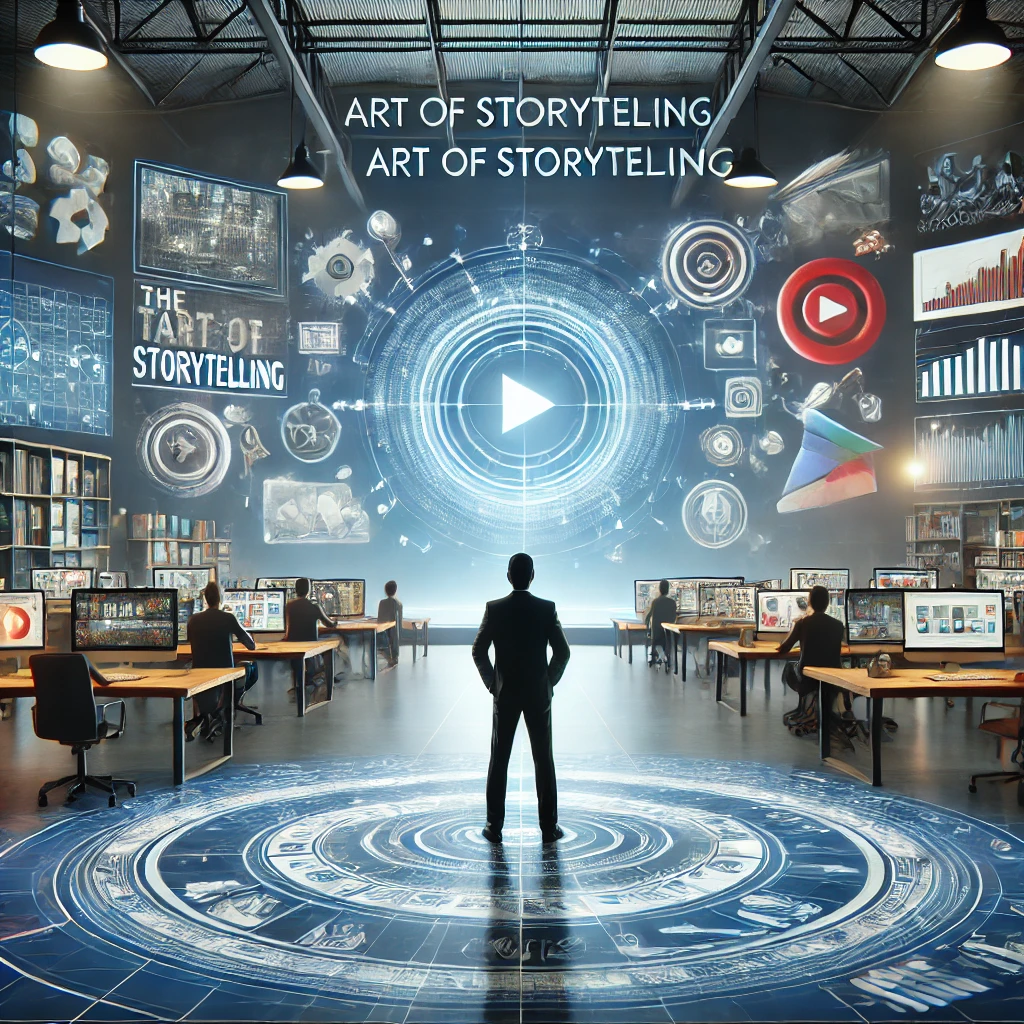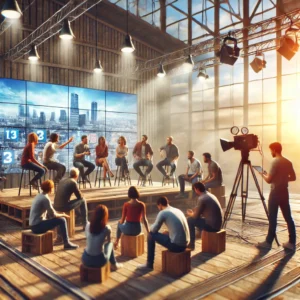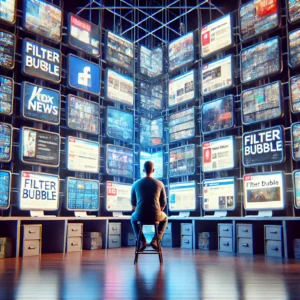Media, at its heart, is about storytelling. From the cave paintings of our ancestors to the latest virtual reality experiences, humans have always sought ways to share their stories, connect with others, and make sense of the world around them. The digital age has dramatically transformed the art of storytelling, creating both exciting new opportunities and unique challenges for creators and audiences alike.
From Linear to Interactive: A Paradigm Shift
Traditional media, such as books, films, and television, typically followed a linear narrative structure. Stories unfolded sequentially, with a clear beginning, middle, and end. The audience was largely a passive recipient of the narrative. Digital media, however, has disrupted this linear model. The internet, with its hyperlinks and interactive features, allows for non-linear storytelling, where audiences can explore different paths, delve deeper into specific aspects of a story, and even contribute to its evolution. Video games, interactive websites, and immersive virtual reality experiences are prime examples of this shift towards interactive storytelling.
The Rise of Transmedia Storytelling: Expanding Narrative Universes
Transmedia storytelling has emerged as a powerful approach in the digital age. Instead of confining a story to a single medium, creators are now expanding narrative universes across multiple platforms. A story might begin as a film, then continue as a web series, a comic book, a video game, and even through social media interactions with characters. This allows for a more immersive and engaging experience, inviting audiences to participate in the story world in a more active and meaningful way.
User-Generated Content: Blurring the Lines Between Creator and Audience
The internet has empowered individuals to become storytellers themselves. Platforms like YouTube, TikTok, and Instagram have democratized content creation, allowing anyone with a smartphone and an internet connection to share their stories with the world. This explosion of user-generated content has blurred the lines between creator and audience, as individuals become both consumers and producers of media. This has led to a vibrant and diverse media landscape, where a multitude of voices and perspectives can be heard.
The Attention Economy: Competing for Eyeballs in a Crowded Space
The abundance of content in the digital age has created what’s known as the “attention economy.” With so many stories vying for our attention, capturing and retaining an audience has become a significant challenge. Creators are experimenting with new formats, platforms, and engagement strategies to cut through the noise. Short-form video content, interactive polls, and live-streaming are just a few examples of how storytellers are adapting to this new reality.
The Future of Storytelling: Innovation and Adaptation
The evolution of media is an ongoing process. Emerging technologies like artificial intelligence, augmented reality, and the metaverse promise to further transform the art of storytelling in the years to come. As creators continue to innovate and adapt, and as audiences become increasingly active participants in the narrative process, one thing remains certain: the fundamental human desire to share and connect through stories will continue to drive the evolution of media for generations to come. These new avenues of media will continue to change with time.



